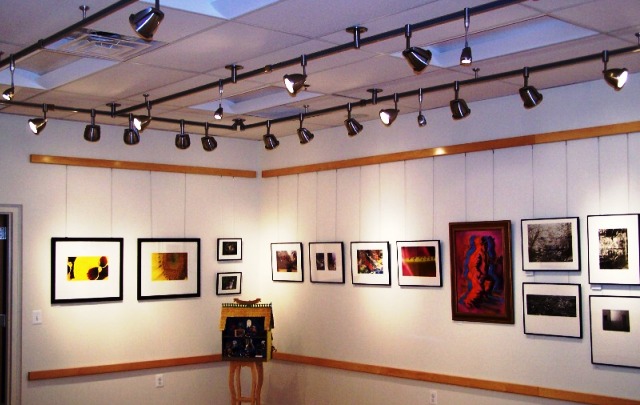Museums And Galleries Discover The Benefits Of LED Lighting
Posted by Amit Soni on 5th Oct 2012
 Museums and galleries usually adhere to very strict aesthetic standards as far as lighting is concerned, and for good reason too – they need the highest colour accuracies possible.
Museums and galleries usually adhere to very strict aesthetic standards as far as lighting is concerned, and for good reason too – they need the highest colour accuracies possible.
It’s exactly the reason why they have taken so long to start using LEDs – older LEDs simply couldn’t match the light quality of their halogen counterparts.
But that was then. Today’s LEDs paint a completely different picture. With a much better colour accuracy compared to previous generation technology, LED lighting is finally ready to take on the challenge of museum and gallery lighting.
Colour Temperature
Those who are used to visiting museums and galleries will have become accustomed to viewing art under halogen lights. Halogens typically have a colour temperature between 2,700K and 3,000K, which is what we would call ‘warm white’.
What is important to know here, is that halogens become warmer as they are dimmed, i.e. they turn more orange.
Dimming is a lot more precise and controlled with LEDs. As well as having a far wider choice on the Kelvin scale – 1,000K to 10,000K – LEDs also hold their colour temperature when dimmed too.
Colour Rendering Index (CRI)
The other main thing galleries and museums look for when lighting their exhibitions is a high colour rendering index (CRI).
CRI is really simple – it gives a light source a rating out of 100 based on its ability to make objects appear natural. As you would expect, the higher the rating, the better the quality of light.
Most people have really gotten used to the warmth of halogen lighting. Because of this, the CRI accuracy of a true 3,000K LED bulb can come as a surprise, as the hue isn’t as yellow or orange as it is with halogen light.
Colours appear more vivid and true, and as an added bonus, white walls and bases – a common feature of modern museums – appear less yellow. Most of the LED lights we sell have CRI ratings of at least 80, resulting in excellent colour accuracy.
Ultra Violet And Infra Red
Sometimes, museums and galleries appear dim. The reason for this is because of the ultra violet (UV) and infra red (IR) radiation given off by halogen lighting causes damage over time. To protect art and antiques, museums have to use UV filters and low light settings to avoid fade and heat damage.
LEDs however, allow you to illuminate the said items at a much brighter level. LEDs don’t emit any UV rays or IR heat, so art and fragile pieces such as papers and textiles can be lit brightly without the risk of damage.
Of course, using LEDs comes with other advantages too. They use up to 90% less energy than conventional halogen lights and last 20 times longer too, saving money on electricity bills and on maintenance costs.
Do you own a museum or gallery? Talk to us today about switching to LED lighting by calling 0116 321 4120. You can also email us at cs@wled.co.uk.
Give us a like on Facebook, and tweet at us @WLEDLightsUK using the hashtag #WLEDAware.





